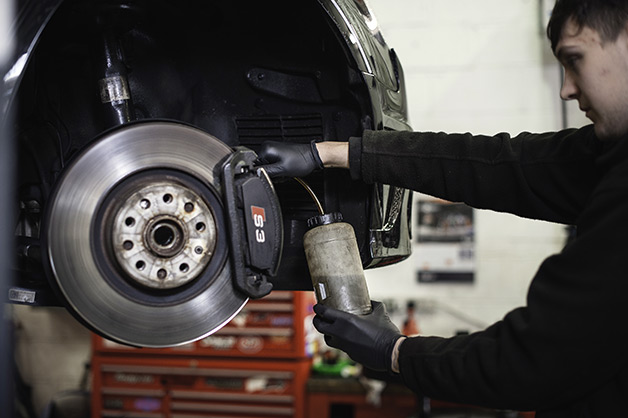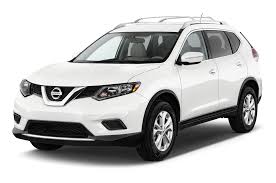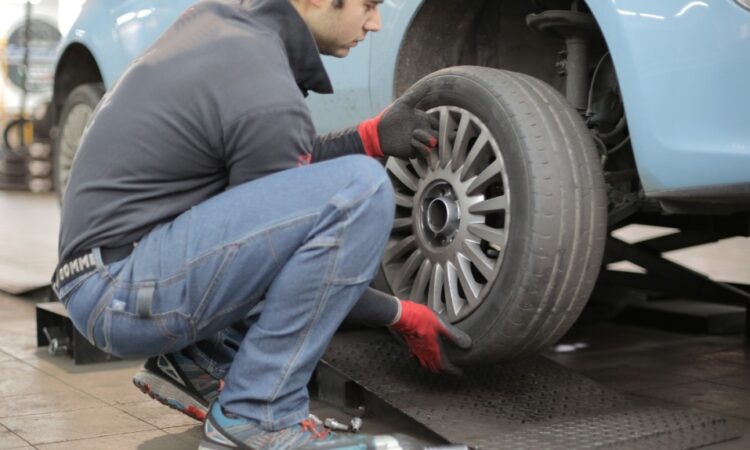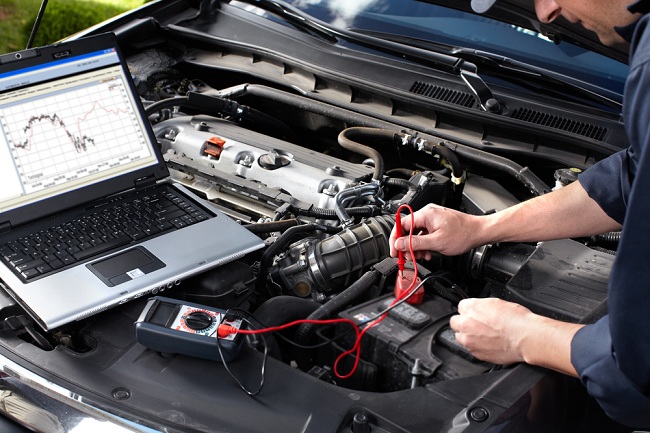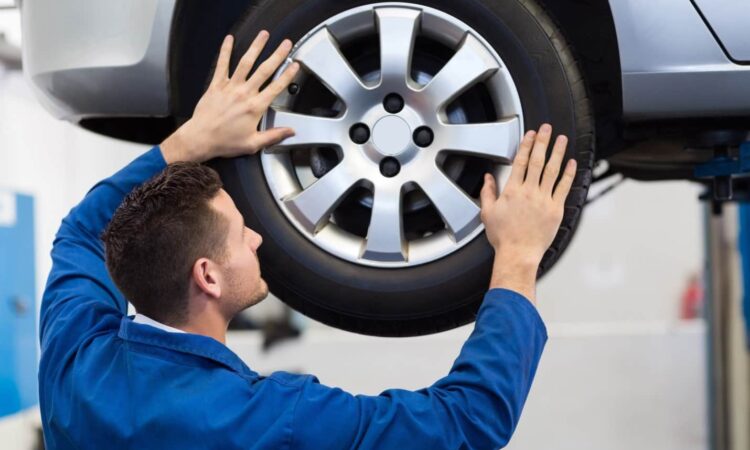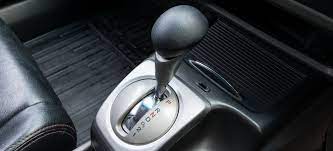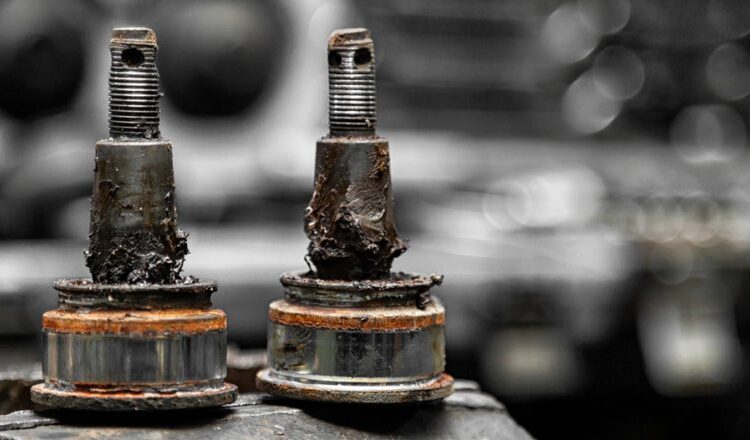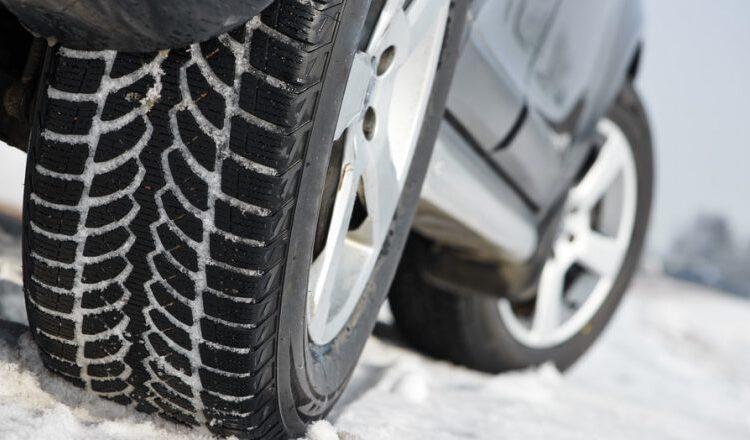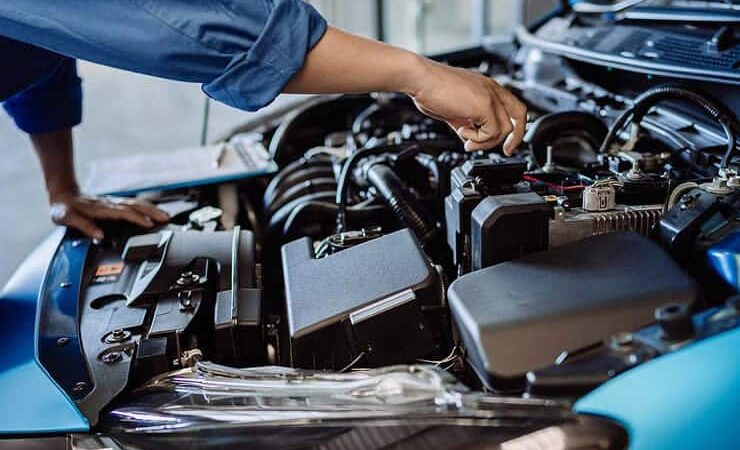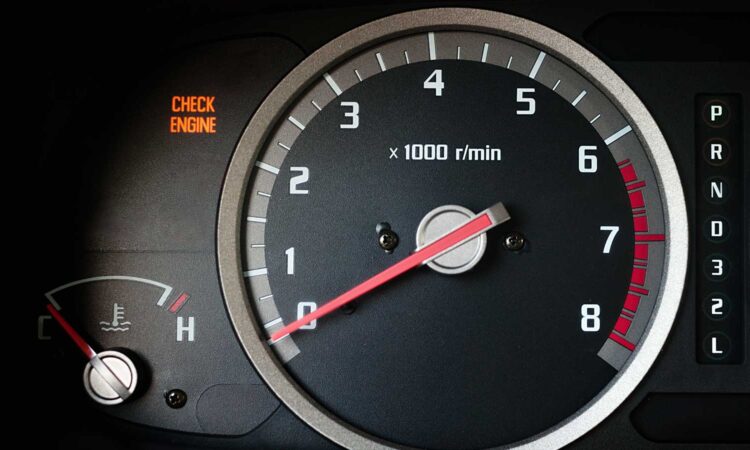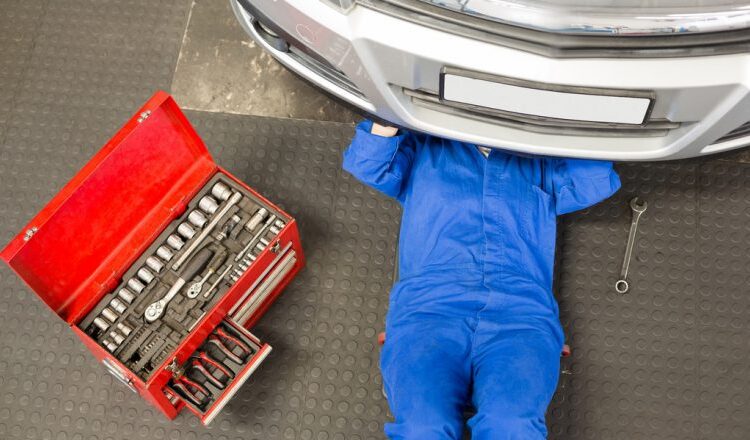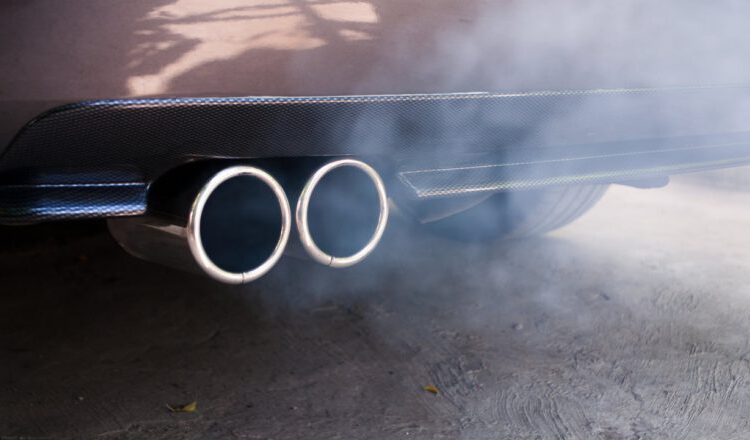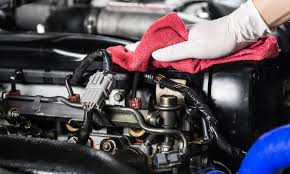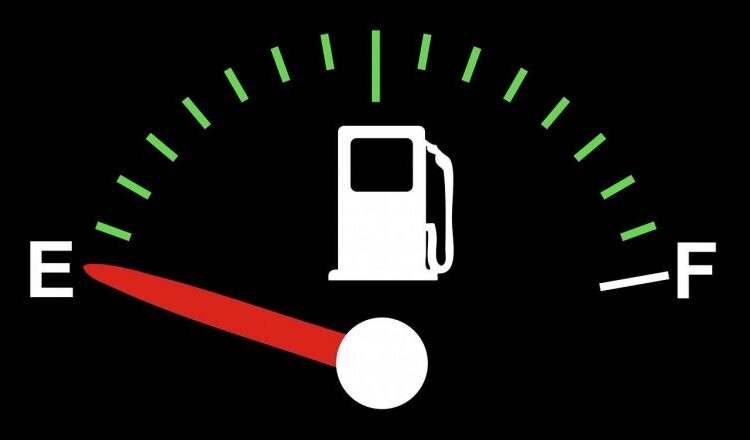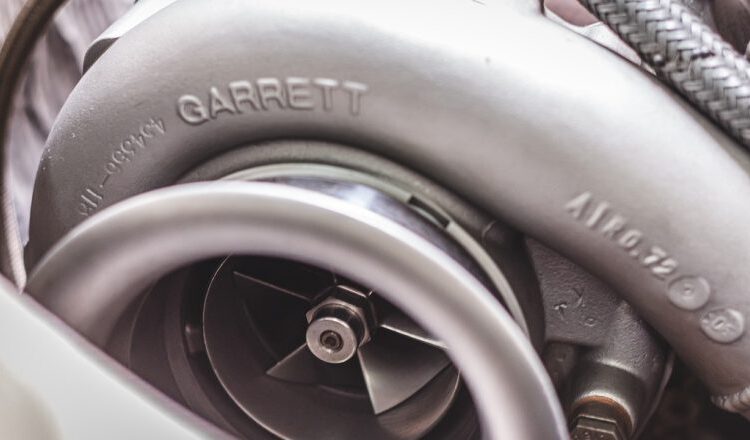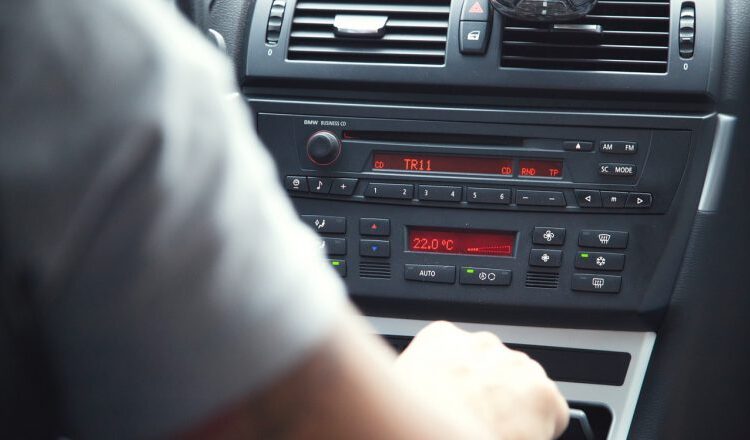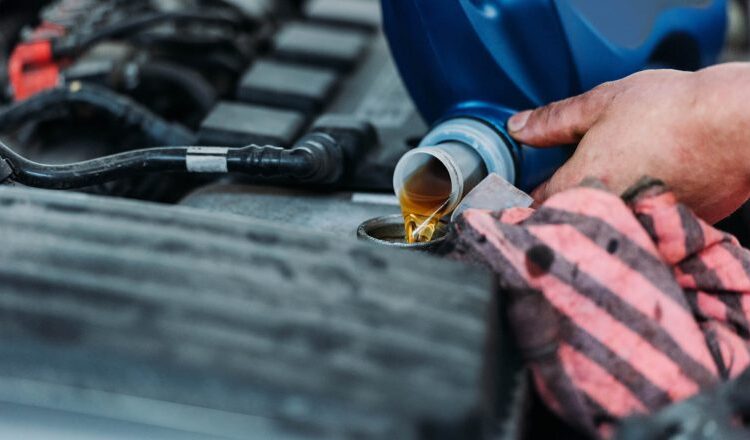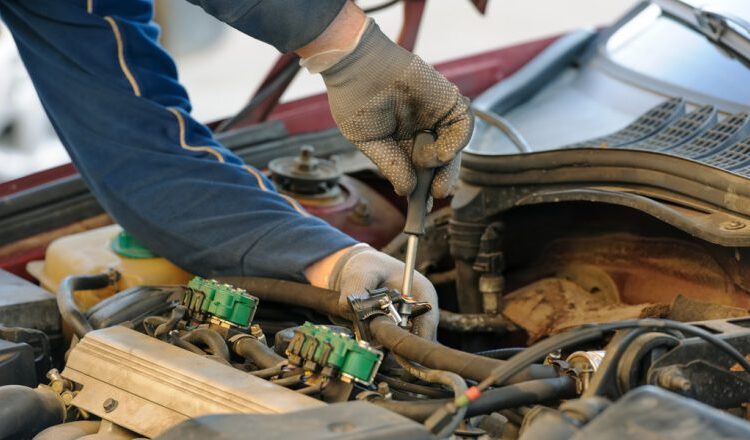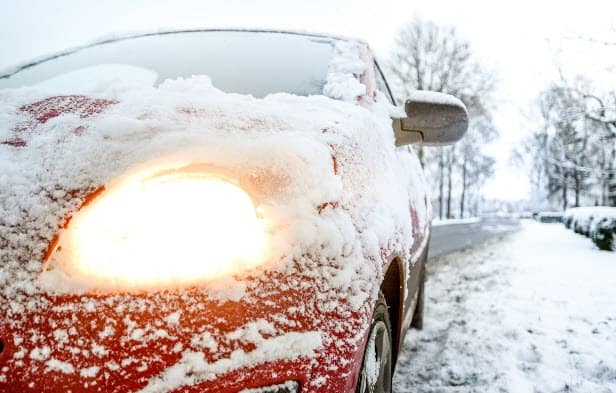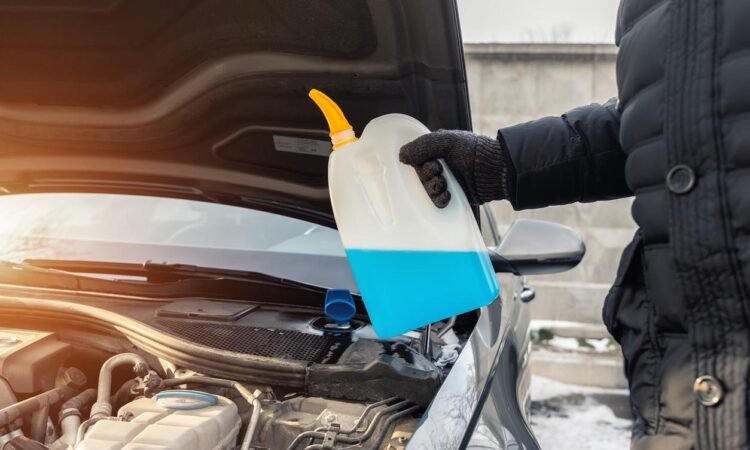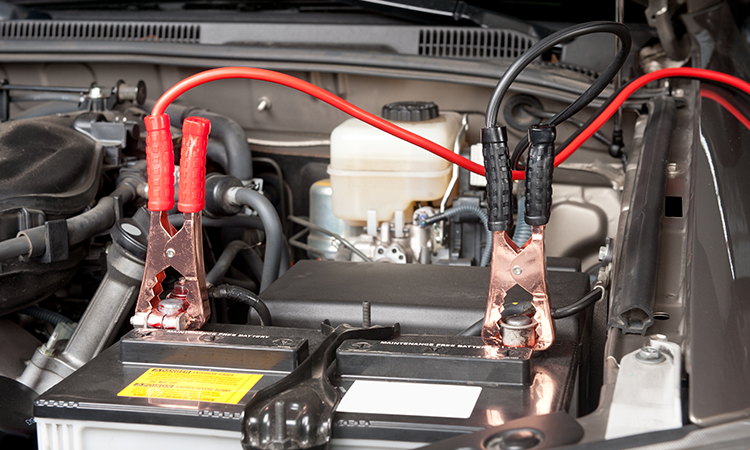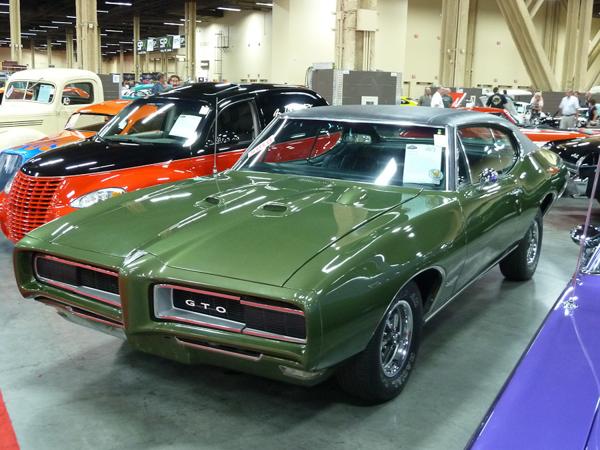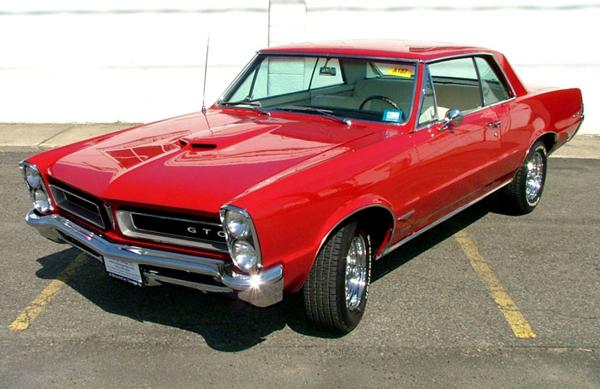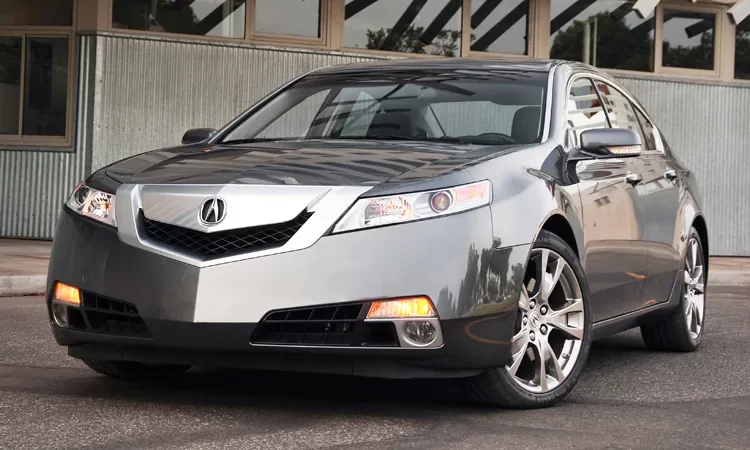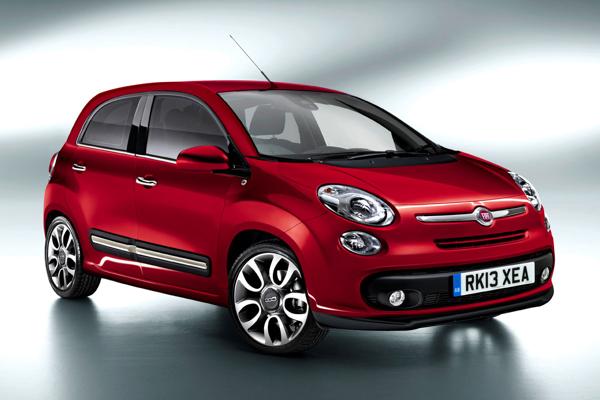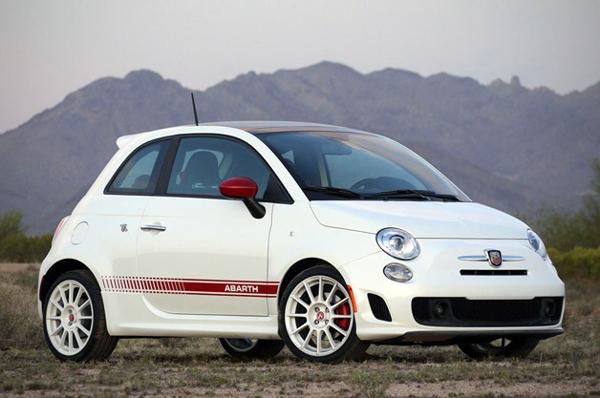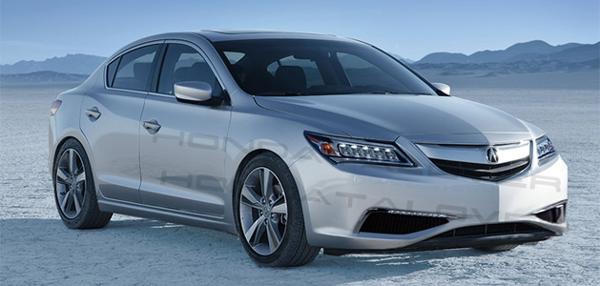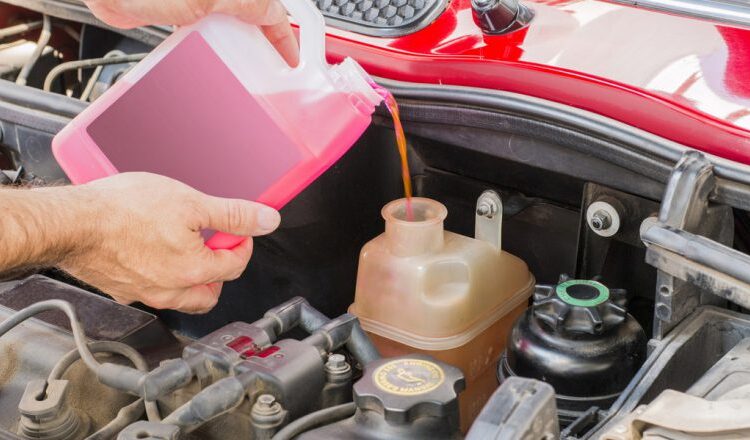
Coolant replacement becomes a crucial task after a certain period. A glowing coolant light on the dashboard signals the need for action before a more severe failure occurs. Knowing when to replace radiator fluid and how to do it yourself is essential.
In every car, the cooling system plays a vital role in maintaining the engine‘s proper operating temperature. Neglecting coolant replacement can lead to severe consequences, such as a cracked head gasket or a damaged block, necessitating the replacement of the entire engine in extreme cases.
Fortunately, the entire operation is relatively inexpensive, with workshop coolant replacement costing around $25 (plus materials). However, attempting a DIY approach to inspect the radiator, drain the old fluid, and flush the system is worth considering and takes no more than 1-2 hours.
How to Replace Coolant: Step by Step
Change the coolant only when the engine is cold to avoid burns from hot liquid. To replace the coolant and flush the system, you will need:
- new fluid,
- distilled water (approx. two cans),
- rinse aid (optional),
- a bucket or bowl to pour off old liquid and dirty water,
- funnel.
Opening the Valves
Start by opening the radiator caps and the expansion tank. Drain the old fluid by opening the drain valve at the bottom of the radiator. Dispose of the used product properly, avoiding pouring it into the sewage system. Simultaneously, check the condition of the radiator and pressure hoses for any leaks that may cause coolant leakage.
Flushing the Cooling System
Rinse the system with distilled water and add the rinsing agent. Close the drain valve and radiator cap, leaving the expansion fluid tank open, and pour water or the mixture into the system. Start the car with the airflow in the cabin set to the maximum value and temperature. Wait for about 15–20 minutes for the engine to warm up. Turn off the car and wait until the engine cools down.
When the engine is cold, drain the contents of the cooling system through the drain valve. Repeat these activities until the water processed in this way has a neutral, transparent color, which usually requires several repetitions.
Filling the System and Adding Coolant
Fill the flushed radiator with coolant to the maximum level (indicated by the indicator light on the expansion tank). Start the car again and blow hot air while constantly checking the fluid level. The operation is complete when the heater operates “to the maximum” and the amount of coolant in the system remains at an even level.
Bleeding the Cooling System
If possible, bleed the entire system after replacing the fluid to eliminate air bubbles, ensuring optimal operating conditions for the radiator. Locate the bleed valve, unscrew it gently, and wait until the fluid begins to slowly leak out, indicating that the system is bleeding. The location of this valve varies depending on the engine, and some car models may lack this feature.
Coolant Replacement: When and How Often?
Replace the coolant regularly every 2-4 years (100–200 thousand km), as recommended by car manufacturers. Silicate products in older cars (inorganic IAT, blue color) require more frequent replacement than modern silicate-free ones (OAT/HOAT, red/pink color).
Replace the fluid if its freezing point rises significantly, posing a risk of solidification in the cold. Freezing temperature control is available in every workshop and is crucial when preparing your car for the coming winter.
Check the coolant level regularly, especially before the summer season, to prevent the engine from overheating. Also, inspect the fluid in the system during the winter to prevent key components from freezing.
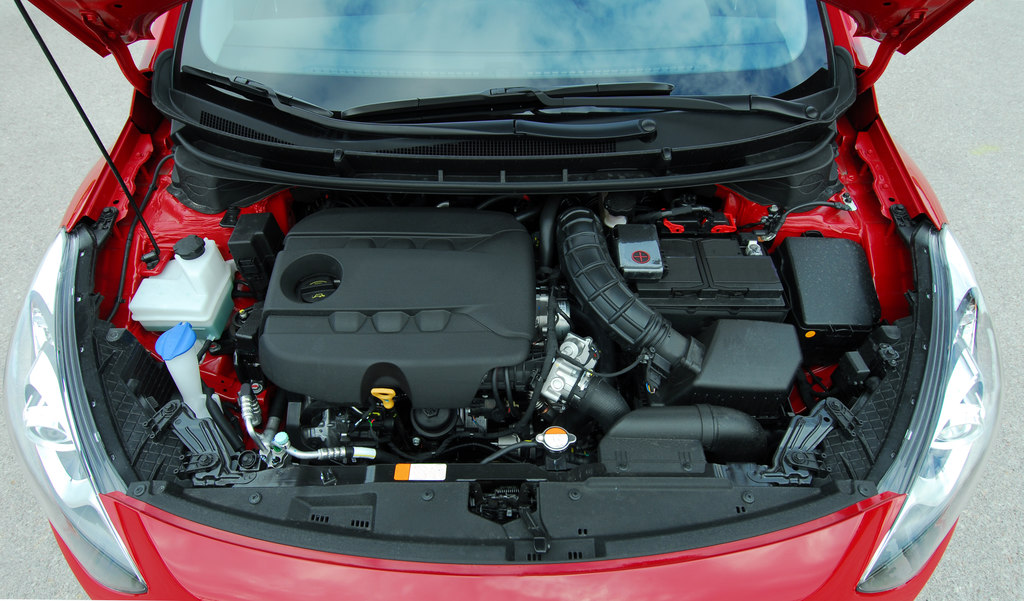
Which coolant should I choose?
Follow the manufacturer’s recommendations when selecting coolant. Three groups of coolant products are available on the market:
- IAT (Inorganic Additive Technology) is suitable for older cars, requiring more frequent replacement (approximately every 2 years).
- OAT (Organic Acid Technology) is used in modern cars, requiring replacement every 4–5 years.
Can coolants be mixed?
While some liquids on the market can be mixed, it carries a certain risk. Incorrect mixing may lead to aggressive substances that can be harmful to the cooling system. The best solution for topping up is using the fluid already present in the system or its concentrate. In emergency cases, distilled water may be used temporarily, especially in warmer months.
Water instead of Coolant: Is It a Good Idea?
Definitely not. Ordinary tap water has different boiling and freezing points than coolant, impacting the car’s operation. Moreover, the compounds in tap water can cause scale, corrosion, and sediment, leading to various issues in the cooling system and the engine. Only distilled water should be used in the radiator for flushing the system or diluting coolant concentrate.
In emergency situations, adding distilled water to the radiator may be necessary, but it should only be a short-term solution.

